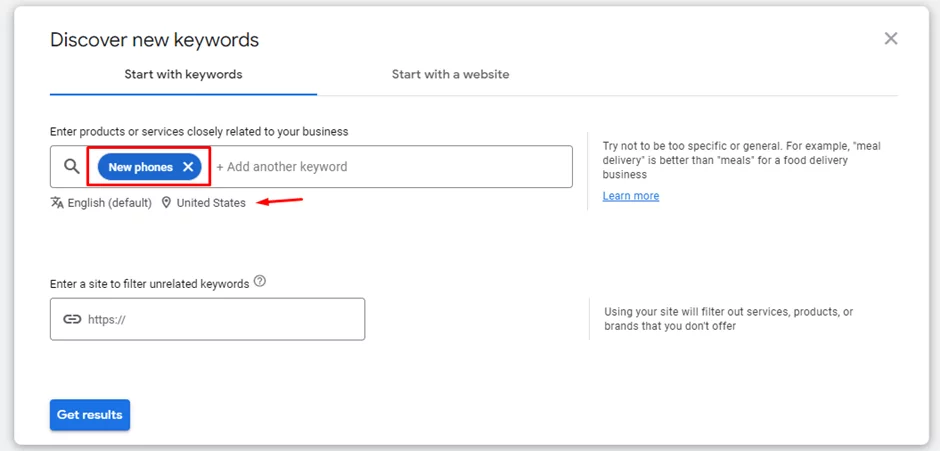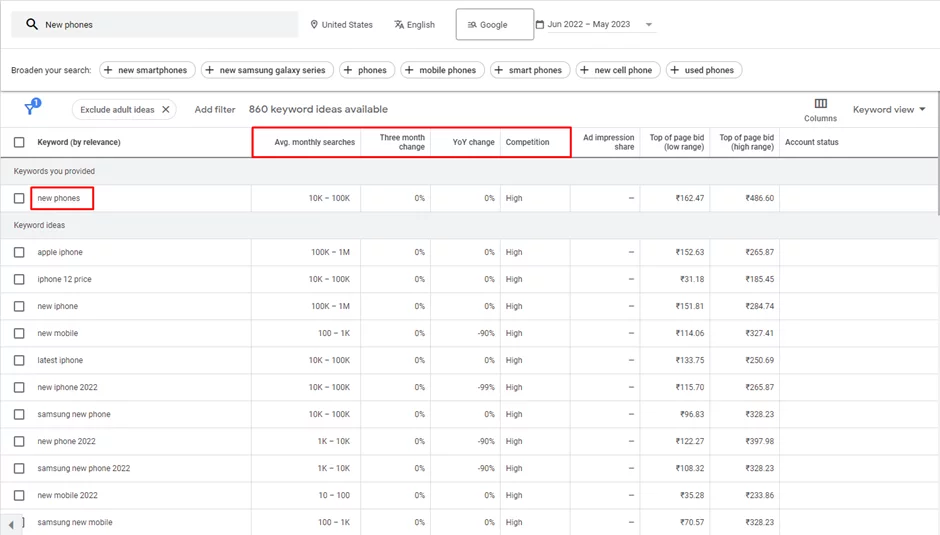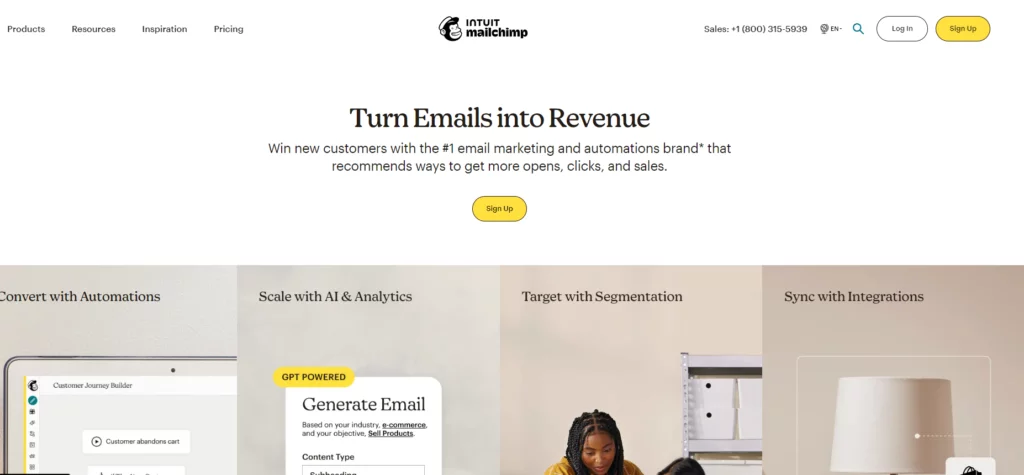Owning an online store has become increasingly popular. Shopify has emerged as one of the leading e-commerce platforms, enabling entrepreneurs to set up and manage their online stores effortlessly. However, creating a Shopify store is just the first step; driving traffic to your store is essential for generating sales and growing your business. That’s why Shopify blogging is a great way to increase traffic to your site, to your band, connect with the audience and increase sales. When done right, shopify blogging can help you in:
- Increase brand awareness
- Generate leads
- Drive sales
- Build relationships with your audience
- Position yourself as an expert in your industry
Here are some Benefits of Shopify Blogging
- Increased traffic: You may bring in more customers to your Shopify store by writing blog articles of exceptional quality that are pertinent to your target audience.
- Better SEO: You may increase your chances of appearing highly in search engine results pages (SERPs) by optimizing your blog entries for SEO. As a result, more individuals will be able to locate your blog postings, increasing the likelihood that they will visit your business.
- Greater brand recognition: By consistently blogging, you may raise awareness of your company and the work you undertake. You may expand your business and draw in more clients by doing this.
- Lead generation: Using your blog articles to create leads for your company may be quite effective. In your blog entries, you may include calls to action that ask readers to do things like join your email list or download a free eBook.
- Sales boost: Your blog entries might assist in generating revenue if you have a Shopify business that sells goods or services. Your blog postings may both advertise your goods or services and help you establish credibility and trust with your readers, which might result in increased sales.
In today’s article, we will delve into 7 invaluable tips on leveraging Shopify blogging to boost traffic to your store.
1. Do a keyword Research
Before anything, keyword research is a must do thing, it will decide your traffic growth, ranking, position, and engagement rate. Tools like Google Keyword Planner, SEMrush, Ahrefs, or MOZ can be used for keyword research.
All of these tools are great and offer a lot of features, such as volume, difficulty, competitor ranking, current position and more. But before conducting any keyword research on Shopify blogging make sure to remember target intent. I see so many bloggers make the same mistake over and over again, and end up getting no traffic at all. That’s why it’s important to remember the keyword intent. Another thing to remember is its Volume, volume will decide how much traffic you’ll get if you rank in the top 10 position.
Let’s just take an example using Google Keyword Planner, and how to do keyword research.
Follow these steps to do KR
- Visit the official website of Keyword Planner
- After visiting click on – Discover new keyword
- Now enter your targeting keyword and select → language and location then hit → Get results.

4. Now select the keyword that has High volume – Low competition and Low CPC.

Google Keyword Planner does not show keyword intent, so if you wish to use it then you need to use SEMrush or Ahrefs.
2. Crafting High-Quality Blog Posts that Deliver Value
Undoubtedly the most pivotal tip, the creation of informative, engaging, and well-crafted blog posts is crucial for capturing readers’ attention. Instead of solely focusing on your products or services, center your content around topics relevant to your target audience, offering substantial value.
When drafting your blog posts, bear the following considerations in mind:
- Select topics that align with your target audience’s interests, addressing their pain points and providing essential insights.
- Maintain a clear and concise writing style, employing language that resonates with your audience’s understanding level.
- Enhance visual appeal by incorporating images and videos that break up text and foster engagement.
- Actively promote your blog posts across social media and various channels to maximize exposure.
3. Optimizing Blog Posts for SEO
To ensure the discoverability of your blog posts through search engines, optimizing them for search engine optimization (SEO) is paramount. This entails employing relevant keywords and phrases throughout your posts while ensuring clear and concise titles and meta descriptions.
Utilize tools such as Google Keyword Planner and Yoast SEO for Shopify to aid you in SEO optimization, enabling the identification of appropriate keywords and the refinement of titles and meta descriptions.
4. Social Media Promotion of Blog Posts
Once you have crafted remarkable blog posts, promoting them across social media platforms is vital. Share your posts on your own channels, actively encouraging your followers to share them as well. Social media advertising can also be leveraged to expand your reach to a broader audience.
While promoting your blog posts on social media, ensure the inclusion of relevant hashtags and captivating images to enhance search result visibility and captivate greater attention.
5. Harnessing Email Marketing Campaigns
Leverage your existing email list to promote your blog posts through targeted email marketing campaigns. Regularly send out newsletters featuring links to your latest posts, and utilize email marketing to announce new blog content and promote exclusive offers.
Personalize your email newsletters to establish a deeper connection with subscribers, enhancing engagement on a more personal level.
You can use mailchimp, to automate your email marketing campaigns, it offers a 1000 email email share in a month and integrated email templates.

6. Engaging in Guest Blogging Opportunities:
Guest blogging serves as a powerful avenue for gaining exposure and driving traffic to your store. By contributing guest posts to websites catering to your target audience, you can tap into a new demographic that shares similar interests.
Identify relevant websites for guest blogging opportunities and reach out to the respective editors to express your interest in contributing guest posts.
7. Collaborating with Social Media Influences:
Collaborating with social media influences presents an effective strategy for promoting your blog posts. Identify influences who’s following aligns with your products or services and establish a partnership wherein they promote your blog posts to their audience.
When selecting influences, ensure they are a suitable fit for your brand and capable of producing high-quality content that resonates with their audience.
Additional Tips:
- Maintain Consistency: Consistency is key to blogging success. Strive to publish new blog posts on a regular basis, aiming for a frequency of at least once a week, if feasible.
- Exercise Patience: Building a successful blog necessitates time and perseverance. Do not anticipate immediate results. Instead, focus on consistently producing great content and actively promoting your blog, as traffic will gradually increase.
- Enjoy the Process: Blogging should be an enjoyable endeavor. If you find pleasure in your writing, it will undoubtedly reflect in your content. Relax, have fun, and explore topics that ignite your passion.
To inspire your Shopify blogging journey and maximize traffic to your store, here are a few examples of blog post ideas:
- Product Reviews: Share insightful reviews of your products, aiding potential customers in their purchase decisions.
- How-To Guides: Craft informative guides demonstrating how to effectively utilize your products or services.
- Case Studies: Present compelling case studies illustrating how your offerings have benefitted other businesses.
- Trend Reports: Stay ahead of the curve by sharing trend reports, providing valuable insights to your audience.
- Interviews: Engage with industry experts, conducting interviews that expose your brand to new audiences while fostering knowledge-sharing.
In all blog post endeavors, prioritize delivering informative, engaging, and well-written content. By doing so, you will pave the path towards increased traffic and success for your Shopify blogging store.
Conclusion
Effective blogging methods, SEO tactics, social media involvement, and user experience optimization are all essential components of a constant traffic-building campaign for your Shopify blogging. You can build your brand, draw in niche visitors, and succeed in the cutthroat world of e-commerce by offering high-quality content regularly, leveraging a variety of marketing channels, and adjusting to market changes.
FAQs on Shopify blogging
1. How often should I publish blog posts on my Shopify store?
It’s recommended to maintain a consistent publishing schedule. Aim for at least one blog post per week to keep your audience engaged and attract search engine crawlers.
2. Can I outsource my Shopify blogging content creation?
Yes, you can hire professional content writers or agencies to create blog content for your Shopify blogging store. Ensure they understand your brand’s voice, target audience, and SEO requirements.
3. Are there any specific Shopify plugins for optimizing my blog?
Yes, there are several Shopify plugins available that can help you optimize your blog for SEO and user experience. Some popular ones include SEO Image Optimizer, Smart SEO, and AMP by Shop Sheriff.
4. How long should my blog posts be?
There is no fixed length for blog posts, but longer, comprehensive articles tend to perform better in search engine rankings. Aim for a word count of 1,500 to 2,000 words for in-depth content.
5. How long does it take to see results from Shopify blogging store?
Building organic traffic through Shopify blogging takes time and consistency. Before you start noticing any real changes, it might take many months. Continue to remain dedicated and use the recommended strategies from this post.



